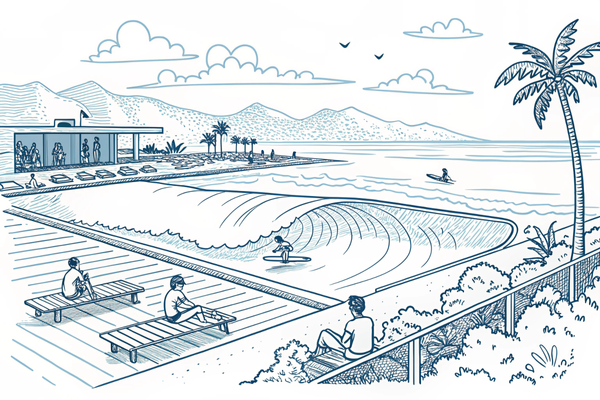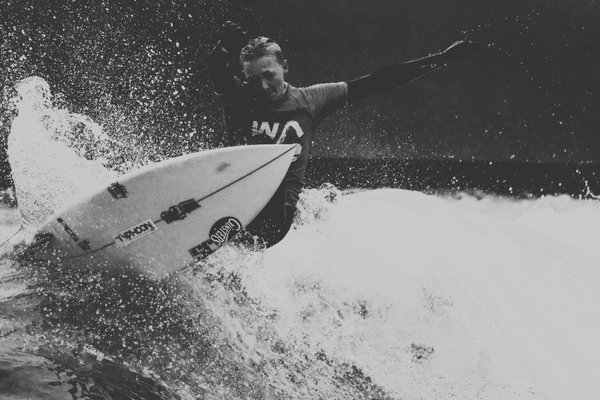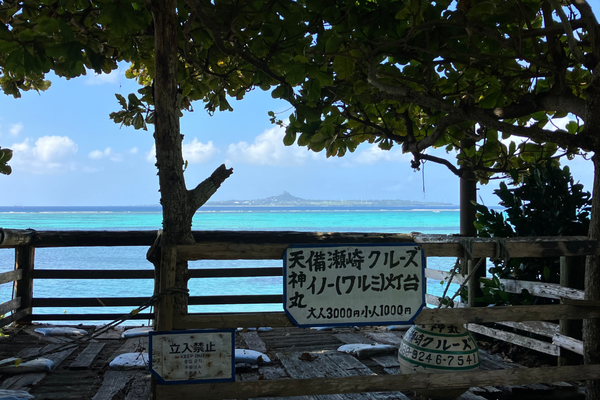Surf Forecasting 101: A Beginner's Guide Part I

Hey there, surfers!
What do you know about surf forecasting? Whether you’re trading tips with friends, scrolling through apps, or geeking out on detailed data charts, surf forecasting is a fascinating blend of science and technology. It helps us predict where and when to catch the (hopefully) best surf. You know how people always say statistics are educated guesses? Well, surf forecasting is a perfect example of that—a mix of numbers, patterns, and a little intuition. While it’s a vast and complex topic, this guide will break down the basics to help you get started.
The Basics: How Waves Are Formed
As the subject of our forecast, it makes sense to start by understanding waves. Waves are born from winds blowing across the surface of the ocean. Picture this: strong winds sweep over the water, transferring energy to create ripples that grow into waves. The longer the wind blows and the farther it travels (a concept called "fetch"), the bigger and more organized these waves become. This journey across the ocean transforms these waves into the dynamic energy we see at the shore. When waves approach shallower water, they slow down due to friction with the seafloor, causing them to rise up and eventually break—creating the surf we all love to ride. Understanding this process is the foundation of surf forecasting—and the first step toward catching better waves.
Origins of Surf Forecasting
We cannot start this story without introducing you to buoys. Here’s a fun fact I learned during my first surf forecasting lesson: it all started with military buoys, originally designed to track enemy submarines during World War II. These buoys monitored underwater activity for strategic purposes, playing a crucial role in detecting enemy vessels. Today, these same devices have been repurposed to monitor wave heights, periods, and directions, helping surfers find the perfect swell.
Key Surf Forecasting Terms to Know
Swell
A swell is the energy that forms the waves we ride, generated by storms far out at sea. Swells are categorized into two types:
- Ground Swells: These long-traveling swells are created by distant storms and produce powerful, clean waves—think iconic surf destinations like Hawaii and Indonesia.
- Wind Swells: Generated by local winds, these swells tend to be smaller and choppier, making them perfect for quick sessions close to home.
Taiwan’s Surf Seasons:
- Summer: Typhoon season brings long-traveling ground swells, delivering consistent, large waves—perfect for Taiwan's east coast.
- Winter: The northeast monsoon produces wind swells, shorter and choppier but ideal for fun, casual sessions.
For example, a typhoon-generated ground swell can light up Taiwan’s east coast with clean, peeling waves, while winter’s monsoon winds create smaller swells for quick rides.
Wave Period
This is the time between waves, measured in seconds. It represents the interval from the peak of one wave to the peak of the next. Longer periods usually mean more powerful waves because the energy is more concentrated.
For example, a 15-second swell period might produce large, clean waves often seen at world-class breaks like Pipeline, while a 5-second period indicates choppy, less organized waves more typical of wind swells.
A good rule of thumb is: for every additional second of swell period, the waves can grow significantly in height and power, with a 10-second swell period often producing waves twice the size of those from a 5-second swell period.
Wave Height and Direction
- Wave Height: This is the vertical distance from a wave’s trough to its crest, indicating its size and power. Bigger waves generally mean more challenging conditions.
- Wave Direction: This shows where waves originate. For instance, a northeast swell aligns perfectly with Taiwan’s east-facing beaches, creating ideal conditions for clean breaks.
By knowing wave height and direction, you can plan the perfect session and match your chosen spot to the conditions.
That’s all for today! Now that we’ve covered some foundational concepts of surf forecasting, our next session will explore tools and techniques in greater detail. We’ll also reflect on important considerations when using global surf forecasts for specific spots in Taiwan.



